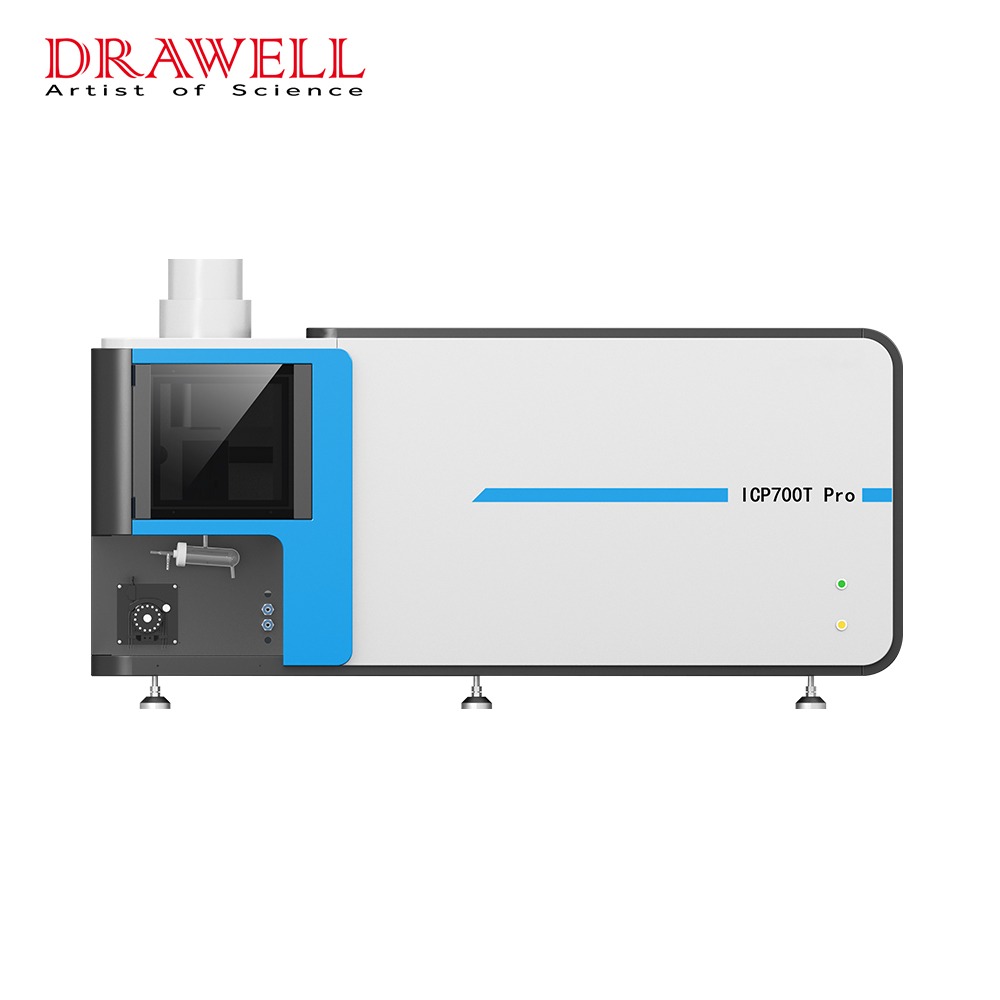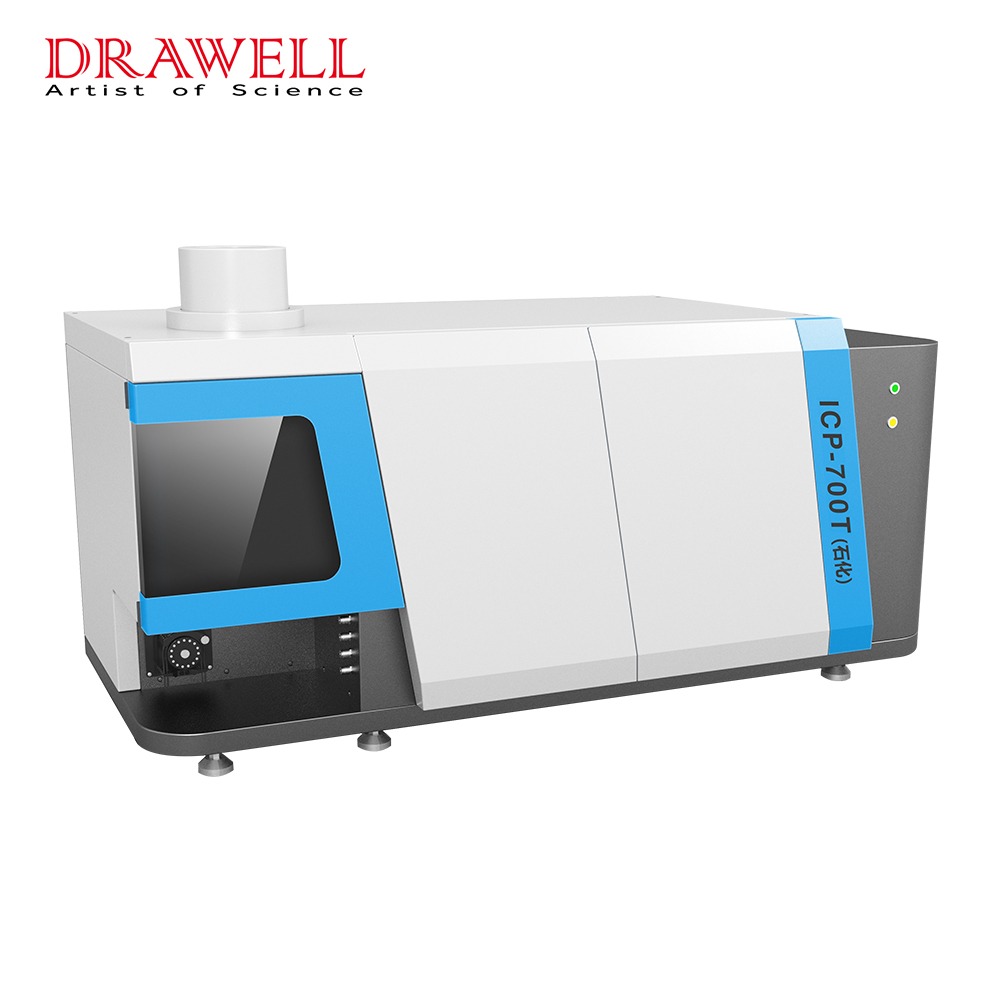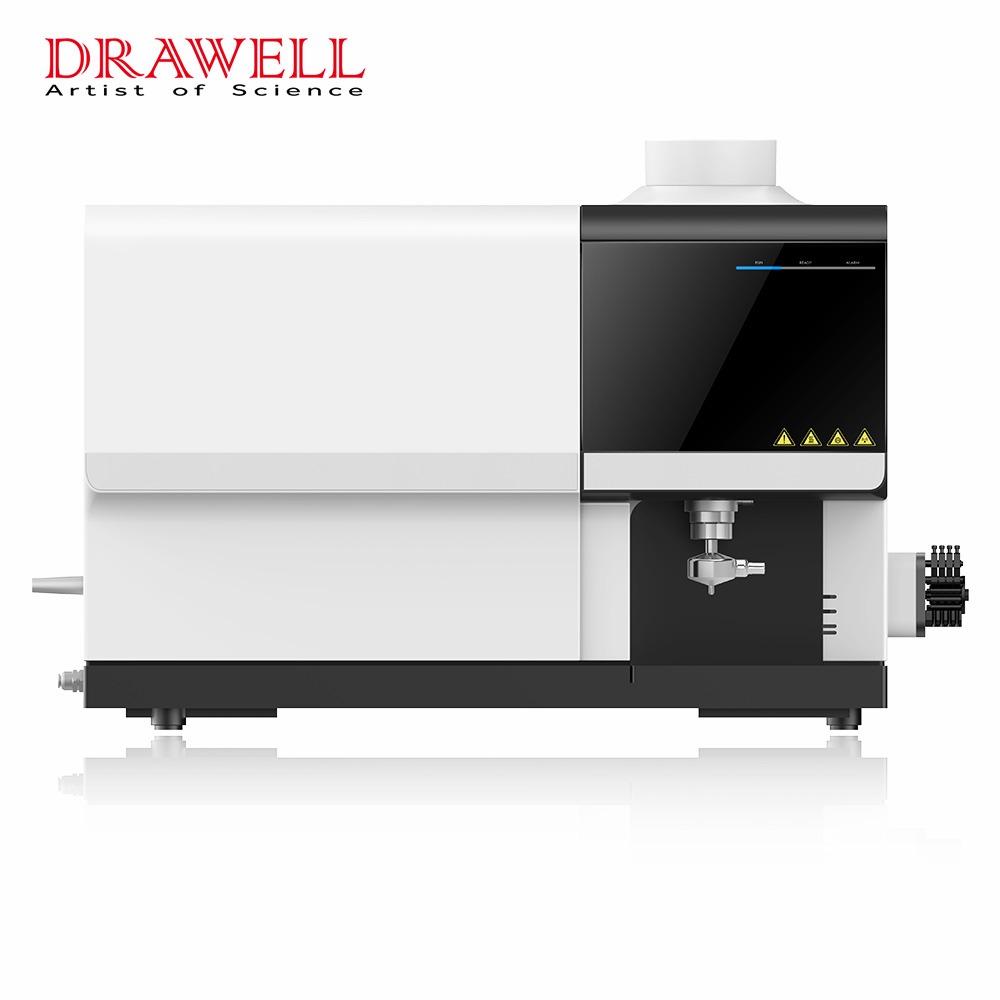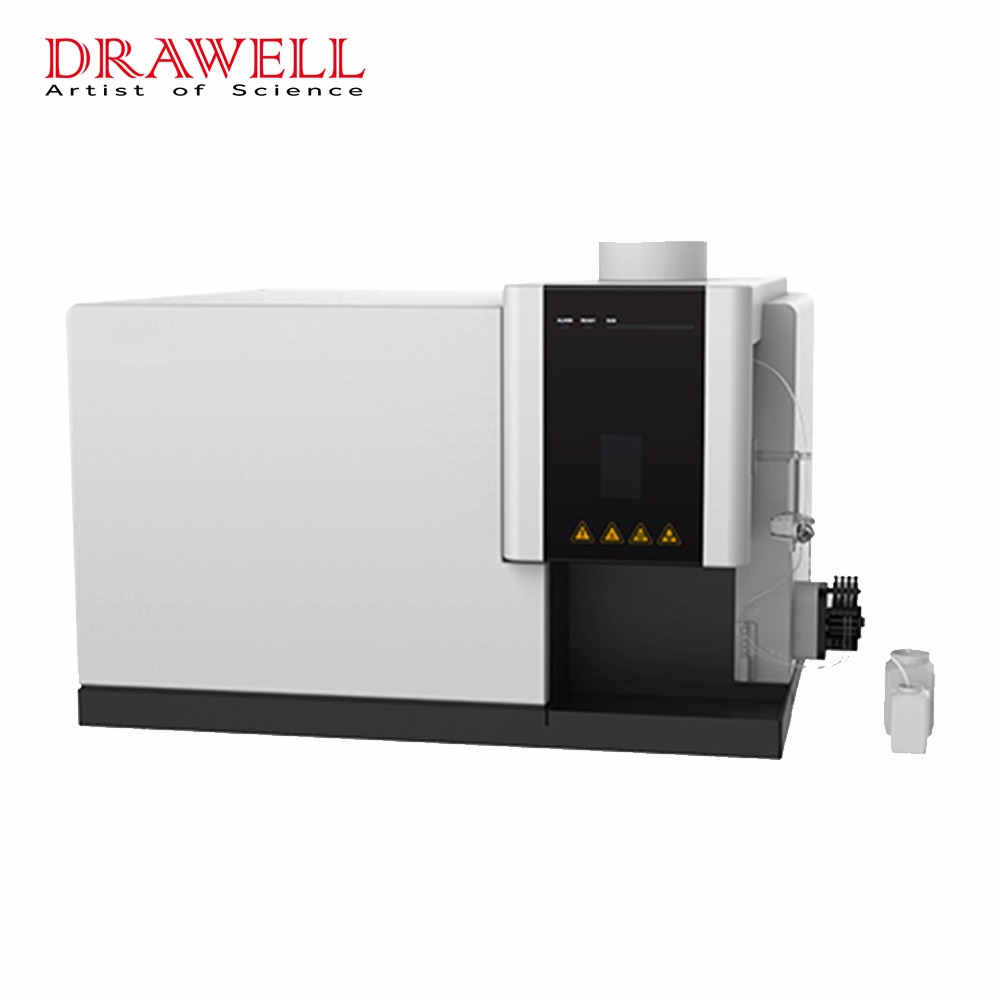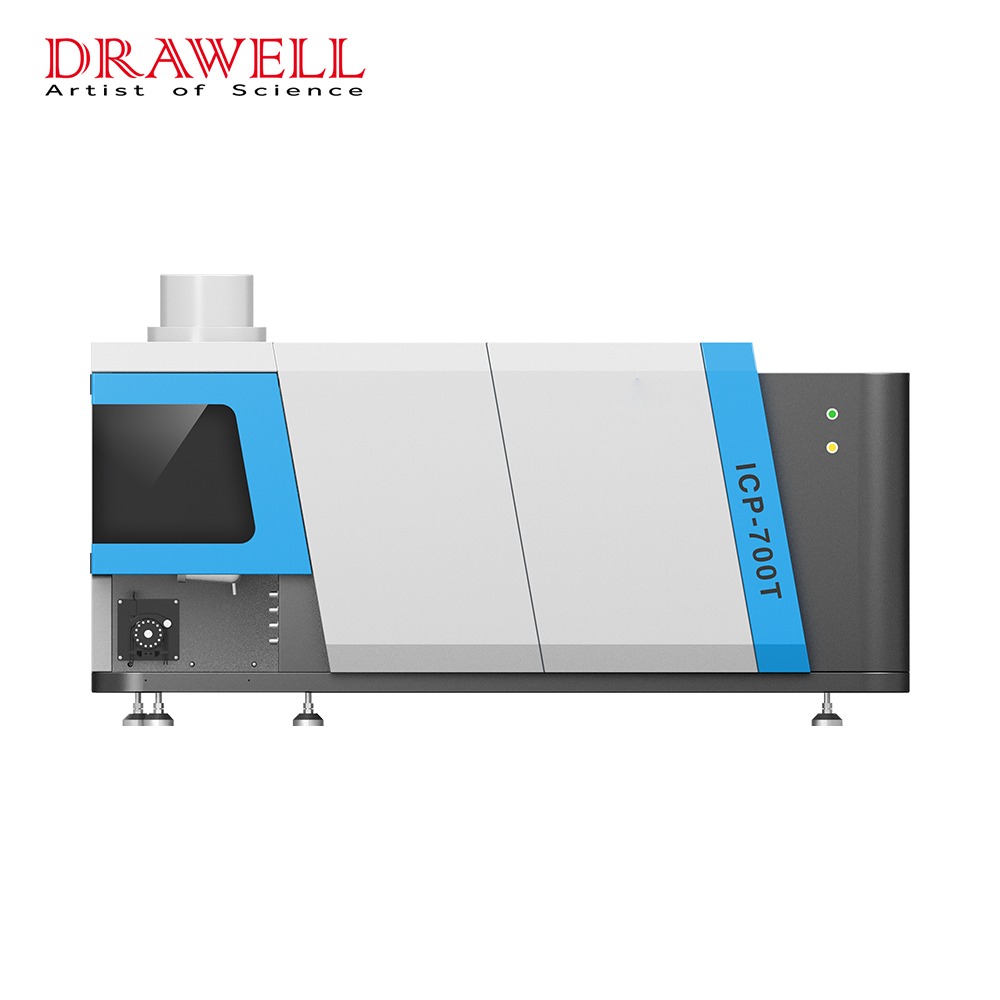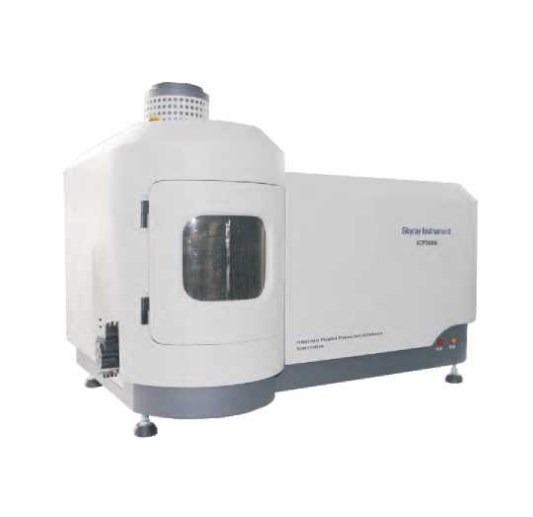Inductively Coupled Plasma Atomic Emission Spectroscopy (ICP-AES) has emerged as a powerful analytical technique with widespread applications in various fields. Its ability to rapidly and accurately determine the elemental composition of geological samples has revolutionized the way geologists explore, characterize, and understand the Earth’s materials. This article explores the principles, applications, and future advancements of ICP-AES in geological sample characterization.
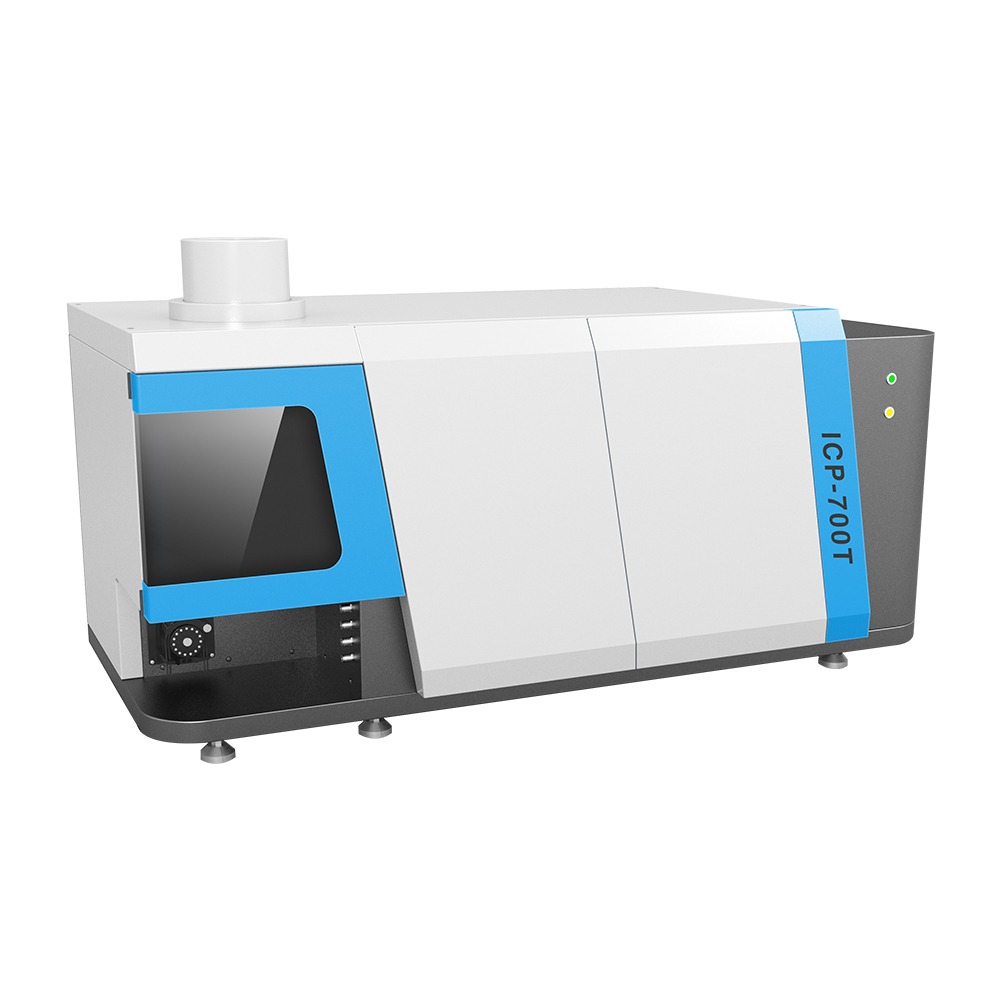
Understanding ICP-AES Technique
ICP-AES is an analytical technique used to determine the elemental composition of a sample. It involves introducing a sample into a high-temperature plasma, exciting the atoms, and analyzing the emitted light to identify and quantify the elements present.
The Importance of Elemental Analysis in Geology
Elemental analysis is a fundamental technique in geology that provides crucial information about the composition, formation, and evolution of Earth’s materials. By understanding the elemental composition of rocks, minerals, and sediments, geologists can:
- Identify and Classify Minerals: Determine the specific minerals present in a sample.
- Explore for Mineral Resources: Locate potential ore deposits and assess their economic viability.
- Understand Geological Processes: Gain insights into the formation of rocks and the geological history of an area.
- Assess Environmental Impact: Monitor pollution levels and assess the impact of human activities on the environment.
- Study Climate Change: Analyze the elemental composition of ice cores and marine sediments to reconstruct past climate conditions.
Elemental analysis techniques, such as ICP-AES, AAS, and XRF, are essential tools for geologists in addressing a wide range of research questions and practical applications.
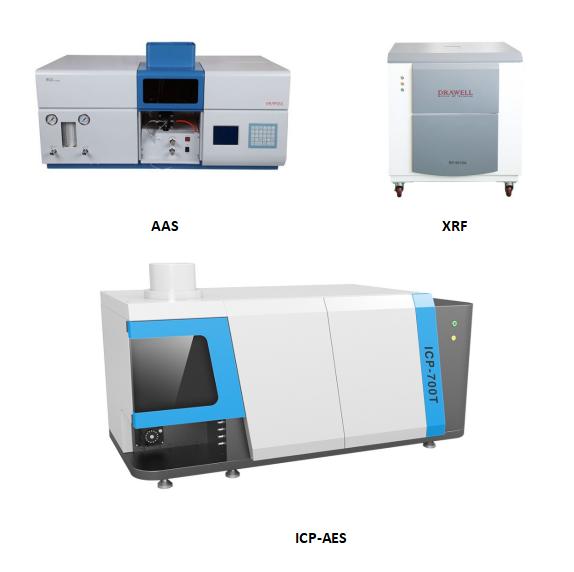
Why Use ICP-AES for the Characterization of Geological Samples
- Multi-element Capability: It can simultaneously analyze a wide range of elements in a single sample, providing a comprehensive elemental profile. This efficiency saves time and resources compared to analyzing elements individually.
- High Sensitivity: Detects elements at very low concentrations, allowing for the analysis of trace elements that may be critical for understanding geological processes.
- Wide Linear Dynamic Range: Accurately measures elements over a broad range of concentrations, from major to trace elements.
- Rapid Analysis: Provides quick results, enabling timely decision-making in geological exploration and research.
- High Precision and Accuracy: Ensures reliable and reproducible results, crucial for accurate geochemical interpretations.
- Versatility: Can analyze a wide variety of sample types, including rocks, minerals, soils, and water.
- Cost-Effective: While the initial investment in ICP-AES analysis equipment can be significant, the long-term cost-effectiveness is high due to its high throughput and minimal sample preparation requirements.
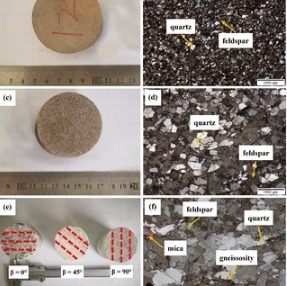
How ICP-AES Works for the Characterization of Geological Samples
- Sample Preparation
Solid samples (rocks, minerals, soils) are typically dissolved in strong acids, such as nitric acid or aqua regia, to release the inorganic elements of interest.
Liquid samples (water, soil extracts) may require dilution or filtration.
- Plasma Generation
The prepared sample is introduced into an argon plasma, where it is heated to extremely high temperatures (around 10,000 Kelvin).
This high temperature ionizes the atoms in the sample, stripping them of their electrons.
- Atomic Excitation
The intense heat of the plasma excites the atoms in the sample, causing them to lose electrons and become ions.
These ions are further excited to higher energy levels.
- Emission of Light
As the excited ions return to their ground state, they release energy in the form of light.
The wavelength of this emitted light is specific to each element, allowing for its identification.
- Spectral Analysis
The emitted light is dispersed by a spectrometer, separating it into its component wavelengths.
A detector measures the intensity of the light at each wavelength.
- Quantitative Analysis
The intensity of the emitted light is directly proportional to the concentration of the element in the sample.
By comparing the intensity of the sample’s emission lines to those of standard solutions, the concentration of the element can be determined.
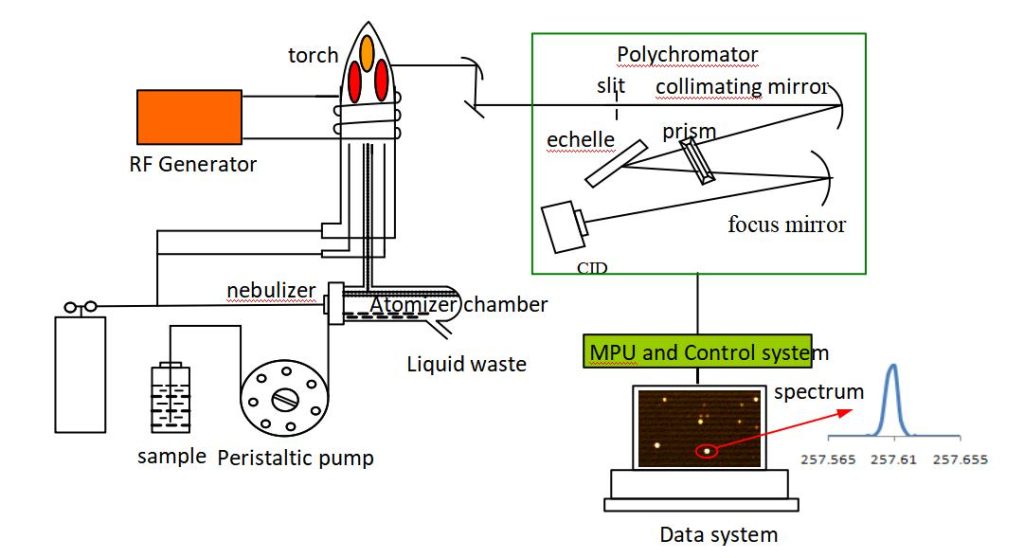
Applications of ICP-AES in Geology
1. Mineral Exploration
Identifying Ore Deposits: By analyzing the elemental composition of rocks and soils, geologists can identify areas with high concentrations of valuable minerals.
Assessing Ore Grade and Quality: ICP-AES instrument can determine the grade and quality of mineral deposits, aiding in economic evaluations.
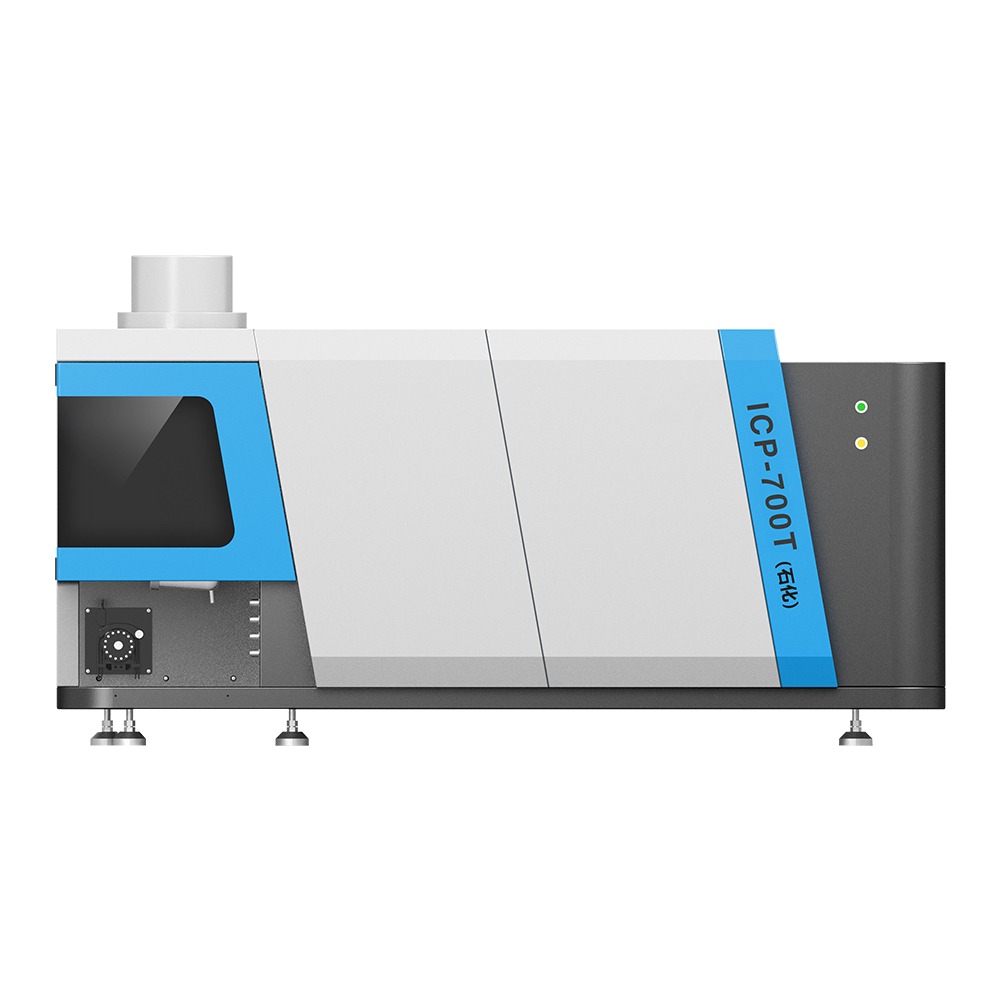
2. Geochemical Mapping
Mapping Elemental Distribution: Geochemical mapping involves analyzing the distribution of elements in rocks and soils to understand geological processes and identify mineral resources.
Identifying Environmental Contamination: ICP-AES can help identify areas contaminated by mining, industrial activities, or natural processes.
3. Petrology and Geochemistry
Determining Rock Composition: ICP-AES can determine the major and trace element composition of rocks, providing insights into their formation and evolution.
Classifying Rock Types: By analyzing the elemental composition, geologists can classify rocks into different types, such as igneous, sedimentary, or metamorphic.
Identifying Mineral Phases: ICP-AES can help identify the mineral phases present in a rock sample, aiding in mineral identification and characterization.
4. Environmental Geochemistry
Assessing Environmental Impact: ICP-AES spectrometer can be used to assess the impact of mining, industrial activities, and pollution on the environment.
Monitoring Water and Soil Quality: By analyzing water and soil samples, geologists can monitor the levels of contaminants and assess potential risks to human health and ecosystems.
9.jpg)
5. Hydrogeology
Understanding Groundwater Chemistry: ICP-AES system can help understand the geochemical processes that influence groundwater quality.
Identifying Sources of Water Pollution: By analyzing water samples, geologists can identify the sources of pollution and take appropriate measures to mitigate their impact.
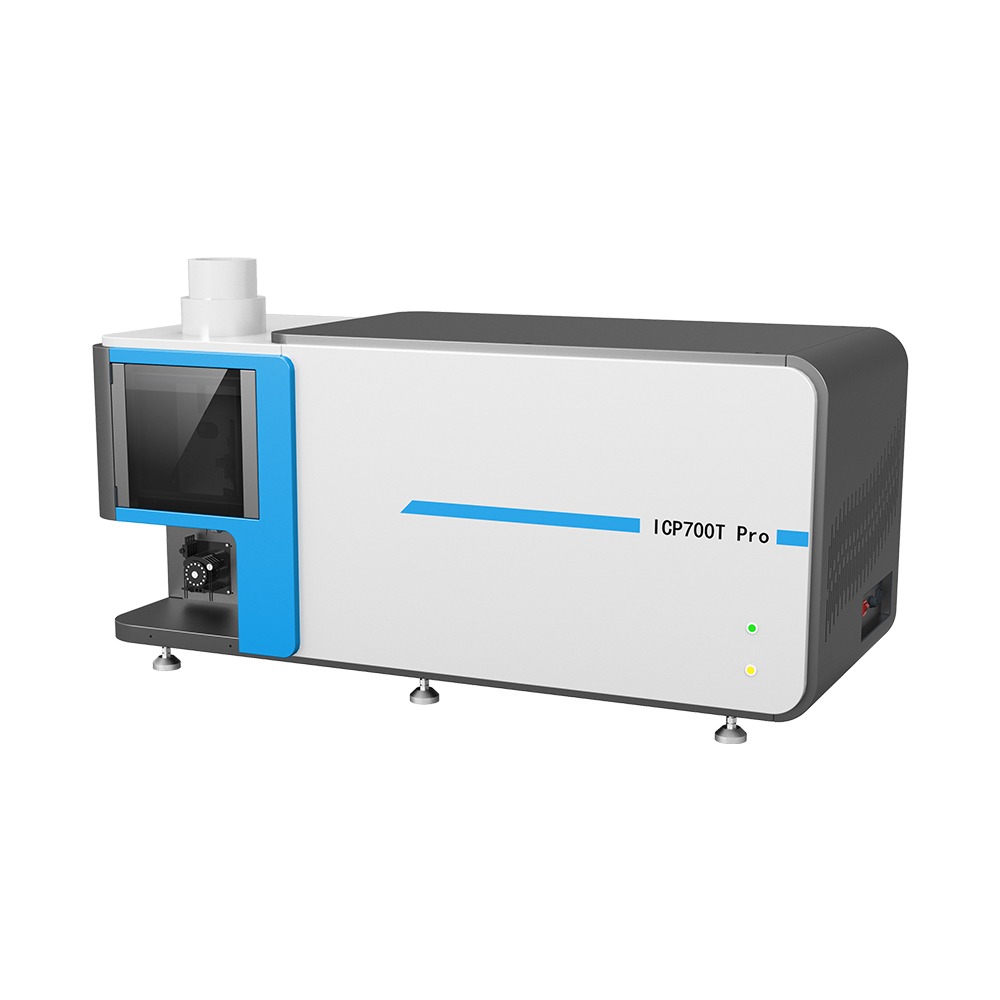
6. Climate Change Research
Analyzing Ice Cores and Marine Sediments: ICP-AES can be used to analyze the elemental composition of ice cores and marine sediments to reconstruct past climate conditions.
Tracking Climate Change Trends: By studying the isotopic composition of elements, geologists can track climate change trends and make predictions about future climate scenarios.
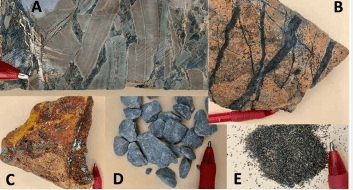
Future Advancements in ICP-AES for the Characterization of Geological Samples
- Increased Sensitivity and Detection Limits: Advancements in detector technology and plasma optimization techniques will enable the detection of even lower concentrations of elements.
- Improved Sample Introduction Systems: New sample introduction systems, such as laser ablation and electrothermal vaporization, will allow for direct analysis of solid samples, reducing sample preparation time and minimizing potential contamination.
- Higher Resolution Spectrometers: Higher resolution spectrometers will enable the separation of closely spaced spectral lines, improving the accuracy and precision of elemental analysis.
- Coupling with Other Techniques: Combining ICP-AES with other analytical techniques, such as inductively coupled plasma mass spectrometry (ICP-MS), will provide complementary information and enhance the overall analytical capabilities.
- Automation and Data Analysis: Automation of sample preparation, instrument operation, and data analysis will increase efficiency and reduce human error.
- Miniaturization and Portable ICP-AES: Developing portable ICP-AES instruments will enable on-site analysis, making it easier to conduct field studies and remote analysis.
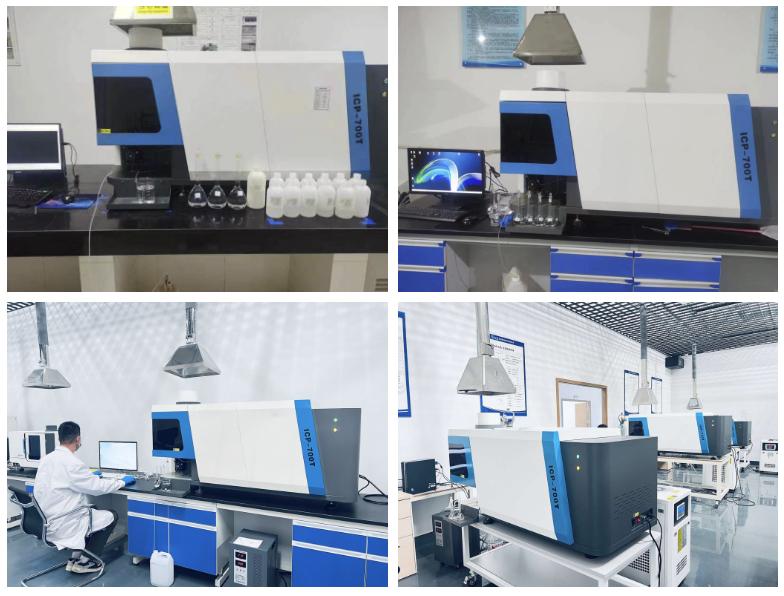
In summary, ICP-AES has become an indispensable tool for geologists, providing valuable insights into the characterization of geological samples. Through using the advantages of ICP-AES, geologists can make informed decisions related to mineral exploration, environmental monitoring, and climate change research. As technology continues to advance, ICP-AES will play an even more significant role in understanding of the geological samples.

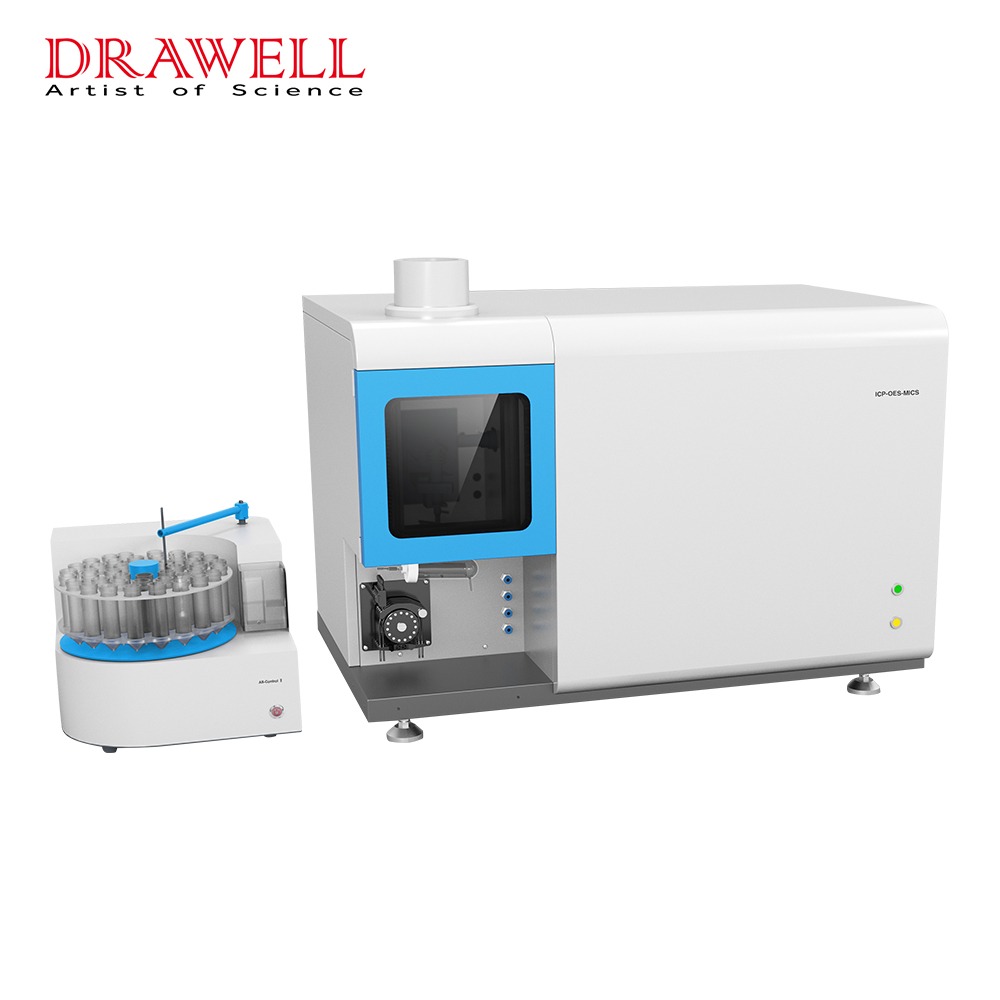
2.jpg)
